The world of dining is vast and varied. From quick bites to unforgettable culinary journeys, restaurants play a central role in our lives. But what is a restaurant, and how do you differentiate one from another? In this guide, let Long Phuong will explore the definition of a restaurant, its key characteristics, the different types you’ll find, and even how to choose the right tableware to match your establishment.

1. What is a restaurant?
A restaurant is a business where food and drinks are prepared, served, and consumed by customers, usually in exchange for money. The word “restaurant” comes from the French word “restaurer,” which means “to restore.” This reflects the original purpose of these establishments: to provide a place where weary travelers could find a restorative meal.
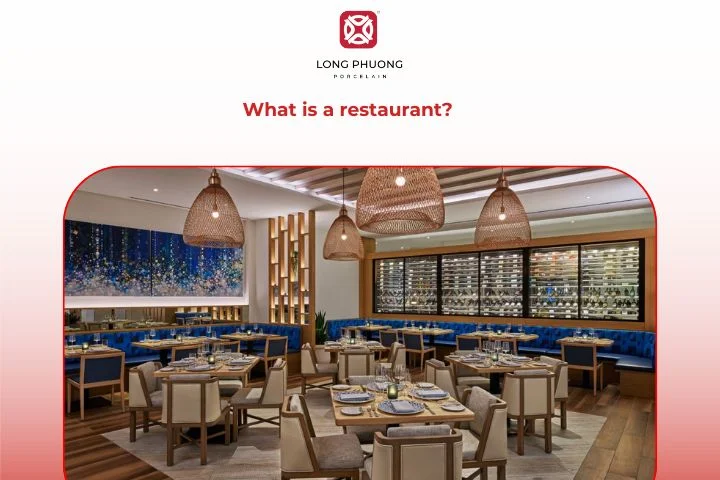
Unlike home cooking, restaurants provide an experience that blends cuisine, service, and ambiance. They range from small local eateries to international chains. So, when people ask, what is a restaurant, the answer is simple: it is a place designed to enjoy meals away from home while engaging in social and cultural experiences.
2. Characteristics of the restaurant industry
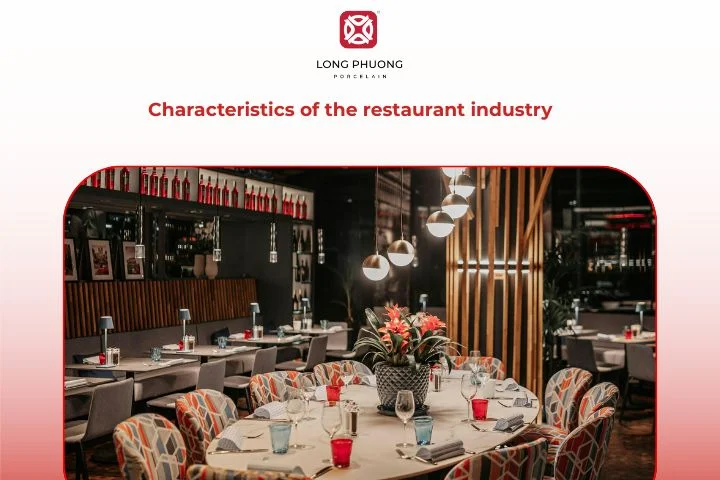
The restaurant industry is one of the oldest service-based businesses. Its history dates back centuries when travelers stopped at inns for food and drink. Today, it is a global market worth trillions of dollars.
Key characteristics include:
- Diversity of formats: From street food stalls to luxury dining.
- Trends: Plant-based menus, sustainability, and digital ordering platforms.
- Challenges: Rising costs, labor shortages, and intense competition.
- Opportunities: Delivery services, ghost kitchens, and new culinary trends.
The industry continues to evolve with customer expectations, making innovation a core part of success.
3. What are the different types of restaurants?
The restaurant landscape is incredibly diverse. Here’s a look at the most common types of restaurants, each with its unique atmosphere and service style.
3.1. Fine Dining Restaurants
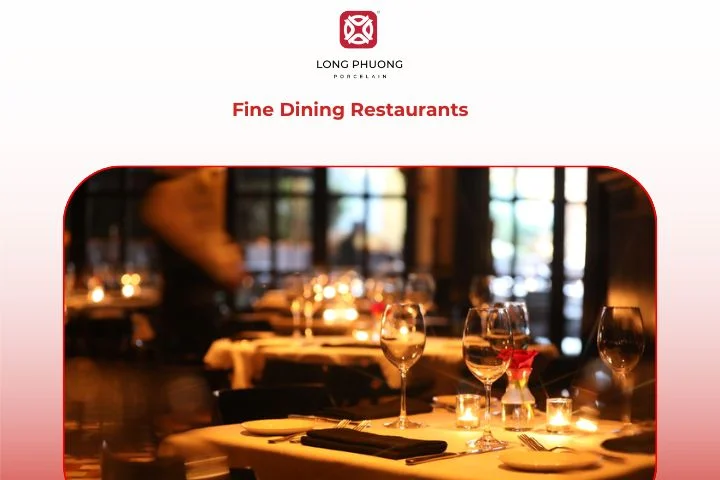
These are upscale establishments offering a premium dining experience. They feature a sophisticated atmosphere, high-end cuisine, and impeccable table service. The menu is often curated by a renowned chef, and diners can expect a multi-course meal.
3.2. Fast Food Restaurants
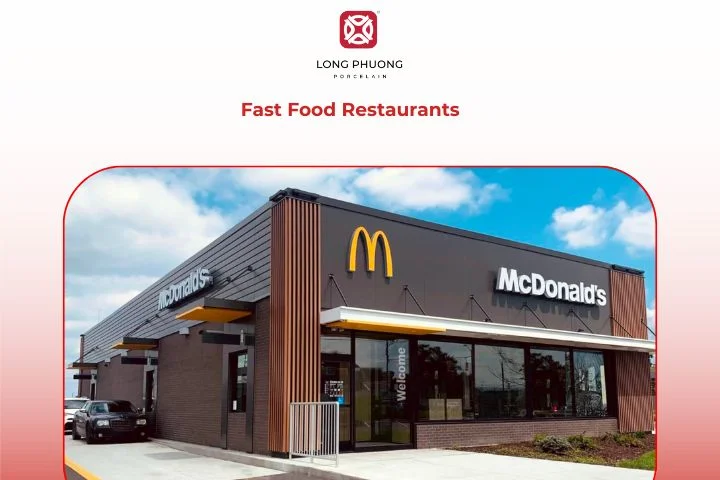
Also known as Quick Service Restaurants (QSRs), fast-food places focus on speed and convenience. The menu is simple and standardized, with most items prepared in advance. Think of chains like McDonald’s or KFC.
3.3. Fast Casual Restaurants

This category bridges the gap between fast food and casual dining. Fast casual offers higher-quality food than a QSR but with the speed and convenience of counter service. Chipotle is a prime example of this model.
3.4. Casual Dining Restaurant
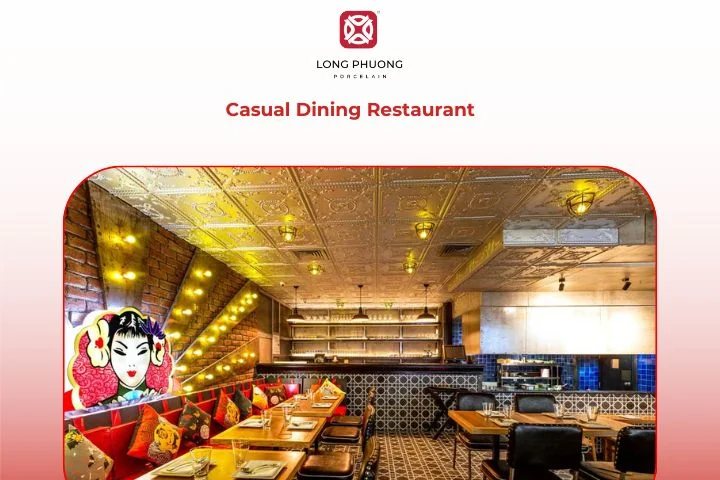
Casual dining restaurants provide a relaxed, sit-down experience with a diverse menu at a moderate price. Wait staff takes orders at the table. These are places like Applebee’s or T.G.I. Friday’s.
3.5. Specialty Restaurants

These establishments focus on a specific type of cuisine or food item. Examples include pizzerias, sushi bars, or steakhouses. Their menus are often highly focused on their specialty.
3.6. Family-style Restaurants

Family-style restaurants serve large platters of food meant for sharing among a group. The atmosphere is warm and welcoming, designed for communal dining
3.7. Cafes & Bistros
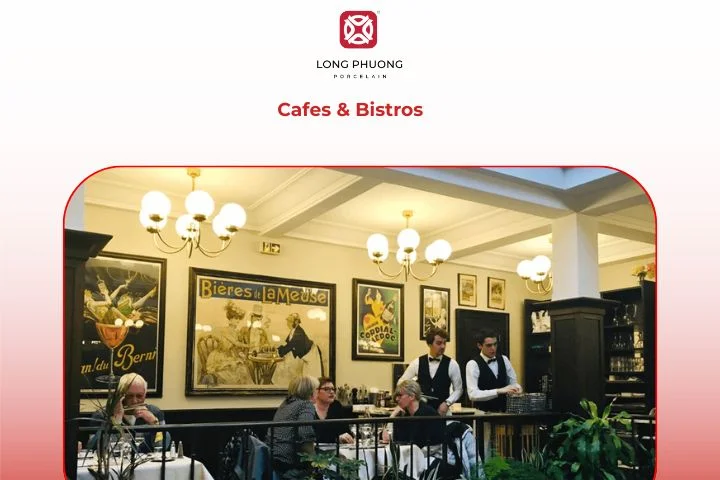
Cafes are often focused on coffee, pastries, and light meals. Bistros are small, informal restaurants that serve simple, classic dishes. Both offer a more relaxed atmosphere than traditional dining.
3.8. Buffet Restaurants

In a buffet, customers pay a fixed price for all-you-can-eat access to a wide variety of dishes. Food is laid out on a self-service line, and diners serve themselves.
3.9. Food Trucks & Pop-Ups

Food trucks are mobile kitchens that serve food from a vehicle. Pop-ups are temporary dining concepts in unique locations. Both offer flexibility and a chance to test new ideas with less overhead.
3.10. Ghost Restaurants
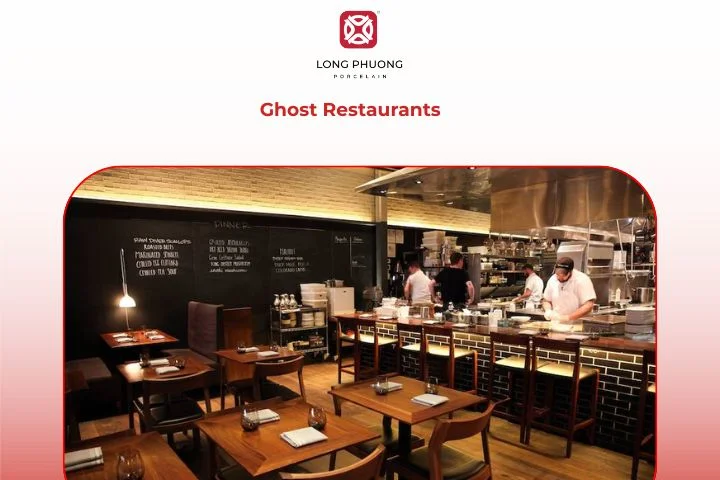
Also called ghost kitchens or delivery-only restaurants, these establishments have no dining room. They operate out of a commercial kitchen and serve customers exclusively through delivery apps.
4. Experiences of highly successful restaurant
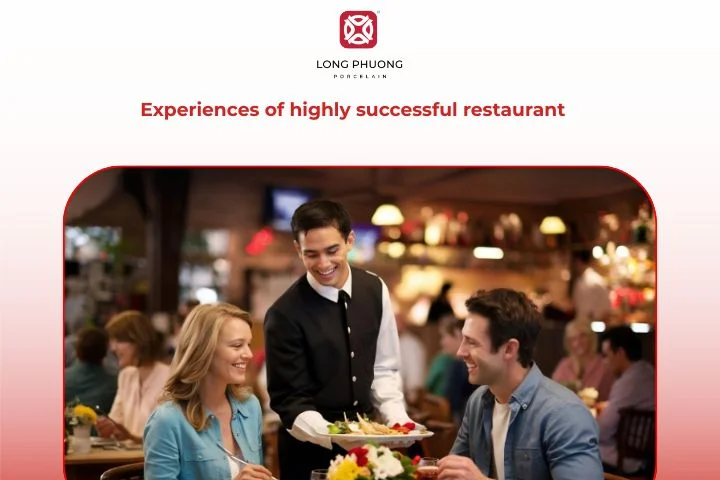
Successful restaurants usually follow step-by-step strategies:
- Define a clear concept and target audience.
- Build a unique and consistent menu.
- Train staff to deliver excellent service.
- Invest in marketing, both online and offline.
- Adapt to customer feedback and market changes.
Consistency, innovation, and customer focus remain the backbone of success.
5. What’s the difference between a pub and a restaurant?
While pubs and restaurants both serve food and drinks, their primary purpose and atmosphere are different.
- Pub (Public House): A pub’s main focus is serving alcoholic beverages in a casual, social setting. Food is often a secondary offering, usually classic “pub grub.” The atmosphere is relaxed and informal.
- Restaurant: A restaurant’s main focus is the dining experience. It offers a more diverse menu, a wider variety of services, and the atmosphere can range from casual to very formal.
6. How to choose the right tableware set for restaurants
When people ask what is a restaurant, one answer is that it is not only about the food but also the dining experience. The choice of tableware plays a big role in shaping this impression. Each type of restaurant requires a different approach to selecting bowls, plates, and serving dishes.
6.1. Fine dining restaurants
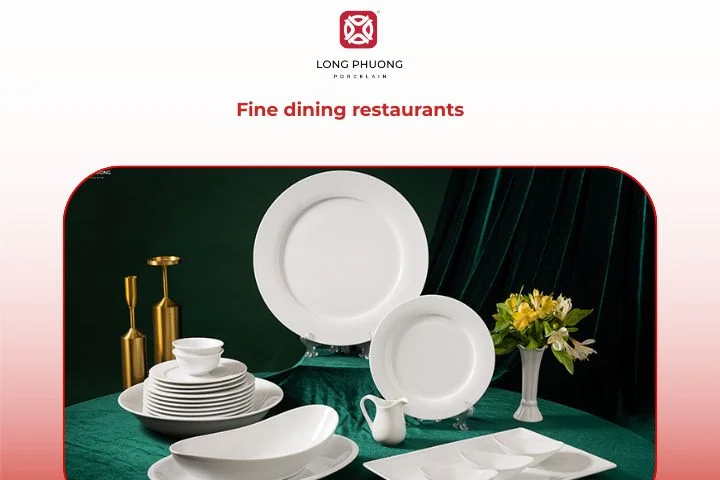
Fine dining venues should invest in premium-quality porcelain or bone china. The design and color need to reflect the restaurant’s luxurious concept, often with elegant white tones or subtle patterns. Tableware should complement the interior design and cuisine style. Proper arrangement and presentation elevate dishes, making the menu look more refined and visually appealing.
6.2. Asian restaurants
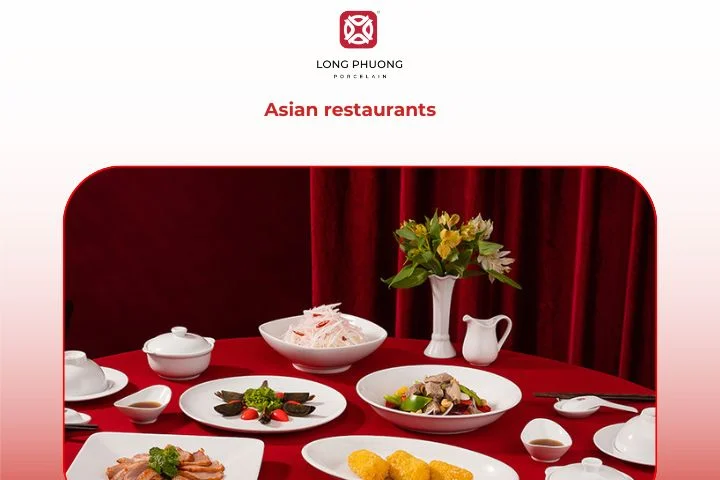
Asian restaurants highlight cultural identity through traditional tableware such as porcelain bowls, soup spoons, chopstick holders, and soy sauce dishes. Shapes and materials should match the type of cuisine served—whether Japanese sushi plates, Chinese dim sum baskets, or Vietnamese pho bowls. Avoid using bowls or plates with random foreign characters or symbols that may cause cultural misunderstandings.
6.3. European restaurants

European dining often calls for porcelain plates with classic and sophisticated designs. Round plates are common for meat dishes, while elongated plates are suitable for seafood and fine presentations. Arrangement should follow European dining etiquette: balanced portions, neatly centered plating, and refined elegance without excess.
See more: Top 10 european dishes you must to try on a restaurant menu
6.4. Casual/ Budget restaurants
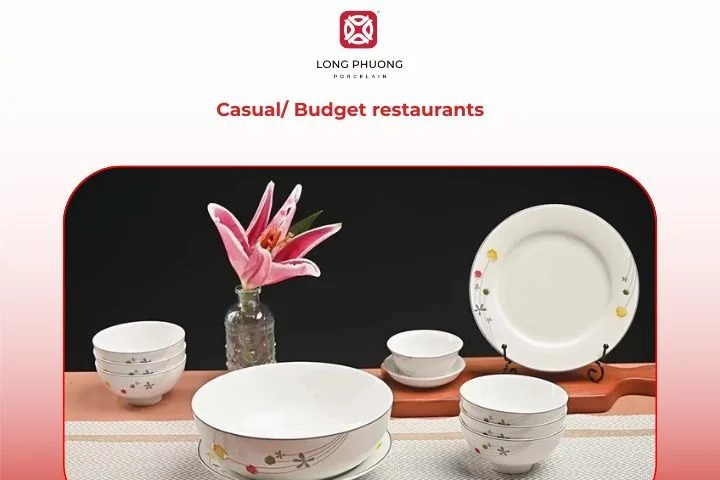
Casual restaurants and budget eateries can use affordable yet durable porcelain. Simple shapes, neutral colors, and easy-to-clean designs are the best options. The focus should be on practicality, safety, and cost efficiency rather than elaborate decoration. These choices ensure long-term use while keeping expenses under control.
7. FAQ
7.1. What is the restaurant industry?
The restaurant industry is a segment of the hospitality and food service industries. It includes all businesses that prepare and serve food and drinks to customers, such as restaurants, cafes, bars, and food trucks.
7.2. What is a restaurant chain?
A restaurant chain is a group of restaurants that share a common name, brand, and concept. They can be owned by a single company or operated through franchises, ensuring a consistent customer experience across all locations.
7.3. What business category is a restaurant?
Restaurants fall into the “Food and Drink” category within the larger “Hospitality” and “Service” industries.
7.4. What are five segments of the restaurant industry?
The five main segments are: Quick Service (Fast Food); Fast Casual; Casual Dining; Fine Dining; Catering and Institutional Food Service.
7.5. What licenses and permits are required to open a restaurant?
Opening a restaurant requires several licenses, including a business license, a food service license, a health permit, and a liquor license if you plan to serve alcohol. Requirements vary by location.
7.6. What is affecting the restaurant industry?
The industry is affected by many factors, including economic conditions (inflation), consumer trends (demand for healthy and sustainable options), technology, and labor costs.
8. Where to find quality tableware for restaurants?

Long Phuong Porcelain is proud to be a trusted companion of restaurants, hotels, and cafés. With over 20 years of experience, we provide not only beautiful porcelain bowls, plates, and dining utensils but also a deep understanding of the challenges and expectations of restaurant owners.
We know that every element counts: the color palette, the patterns, the textures, and even the durability of the porcelain. These choices reflect your brand’s personality and the dining experience you want to deliver.
From luxury tableware sets to refined serving accessories, from bright tones to intricate patterns, Long Phuong offers products that combine elegance with long-lasting quality. Each collection is designed to bring satisfaction to restaurant owners and elevate the dining journey for customers.
If you are searching for a reliable place to buy tableware and dining utensils for restaurants, Long Phuong Porcelain is here to support you. Our mission is to help restaurants stand out, build strong brand identities, and provide unforgettable dining experiences through every single detail at the table.
So, what is a restaurant? It is much more than a place to eat—it is a blend of food, service, culture, and atmosphere. From fine dining to casual eateries, every type of restaurant contributes to the global dining landscape. And with the right tableware, restaurants can enhance the dining experience while reflecting their brand values.
Long Phuong Group Joint Stock Company
- Phone number: (+84) 989 595 866
- Email: export@longphuong.vn
- Factory: Hap Linh Industrial Cluster, Hap Linh, Bac Ninh, Vietnam
- Showroom Ha Noi: 59 Cua Bac, Ba Dinh Ward, Hanoi, Vietnam
- Showroom Ha Noi: 37 Cua Nam, Cua Nam Ward, Hanoi, Vietnam
- Showroom TP. Ho Chi Minh: 127 Le Thi Rieng, Ben Thanh Ward, Ho Chi Minh, Vietnam
CEO of Long Phuong Group Joint Stock Company, with more than 20 years of exploration and research to obtain the best formulas and professional experience, Long Phuong Porcelain has produced more than 400 designs of all kinds of household porcelain, Significant contributions to Vietnam's ceramic industry.
 Vietnam
Vietnam
